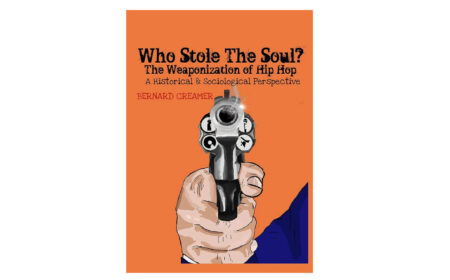New NAACP report details health impact of oil and gas industry on black communities
Fumes Across the Fence-Line examines the environmental justice impacts of the petroleum industry
/cdn.vox-cdn.com/uploads/chorus_image/image/57602375/GettyImages_517401244.0.jpg)
Air pollution is equal opportunity when it comes to impacting human health. But when much of the infrastructure of the U.S. petroleum industry is concentrated near low-income communities, its effect on these communities and their residents becomes outsized.
A new report released today, Fumes Across the Fence-Line, for the first time directly quantifies the elevated health risk that million of African-Americans face due to this threat. Released as a joint project of the NAACP, Clean Air Task Force (CATF), and National Medical Association (NMA), the report chronicles the health and environmental justice issues that come as a result of a concentration of refineries and other facilities in lower-income neighborhoods, and also offers case studies and suggestions for community action.
The results suggest that oil and gas pollution are taking a serious toll on the African-American community. More than 1 million African-Americans live within a half-mile of existing natural gas facilities, more than 6.7 million African Americans live in the 91 counties with oil refineries, and more than 1 million live in counties that “face a cancer risk above EPA’s level of concern from toxics emitted by natural gas facilities.”
Due to heightened exposure to pollution, the report concluded that African-American children suffer from 138,000 asthma attacks and 101,000 lost school days each year.
Top 10 States by African-American Population Living within a Half-Mile Radius of Oil and Gas Facilities
| State | African-American population within a half-mile | Percent of African-American population in state within a half-mile |
|---|---|---|
| Texas | 337,011 | 10% |
| Ohio | 291,733 | 19% |
| California | 103,713 | 4% |
| Louisiana | 79,810 | 5% |
| Pennsylvania | 79,352 | 5% |
| Oklahoma | 73,303 | 22% |
| West Virginia | 13,453 | 17% |
| Arkansas | 10,477 | 2% |
| Mississippi | 10,448 | 1% |
| Illinois | 10,227 | 1% |
| TOTAL | 1,052,680 | 2% |
Historically, African-American are 75 percent more likely to live in what the report calls “fence-line” communities, those located next to a company or industrial facility and impacted by operations, whether it’s from noise, odor, traffic, chemical emissions. Due to a number of factors—a low-level of political power, lower costs, and a corporation’s ability to influence local government—companies have sited facilities in these communities.
One of the case studies showcased the disparity in how local government reacts to these types of environmental justice issues. At the end of 2015, a massive methane gas leak in the Porter Ranch neighborhood in Los Angeles became national news and led to a state of emergency and temporary housing for residents. But in other, lower-income and minority-majority parts of Los Angeles, such as Jefferson Park, where residents located near petroleum facilities also complained about health risks, the response was much more muted and delayed.
The resulting disparity has created an environmental health divide; black Americans are exposed to 38 percent more polluted air than white Americans. Roughly 13.4 percent of African American children, 1.3 million in total, have asthma, compared to a 7.3 percent rate for white children.
The report suggests that communities respond with concerted environmental justice campaigns, and push local, state, and national leaders to adopt and promote clean energy alternatives. In addition, the EPA finalized strong methane standards covering new and modified oil and gas facilities in 2016. Pushing for enforcement, as well as the continued existence of the EPA’s environmental justice division, are key aspects in reducing the outsized health burdens faced by the African-American community.
READ MORE AT: http://www.naacp.org/latest/fumes-across-fence-line-new-study-naacp-clean-air-task-force-national-medical-association/




